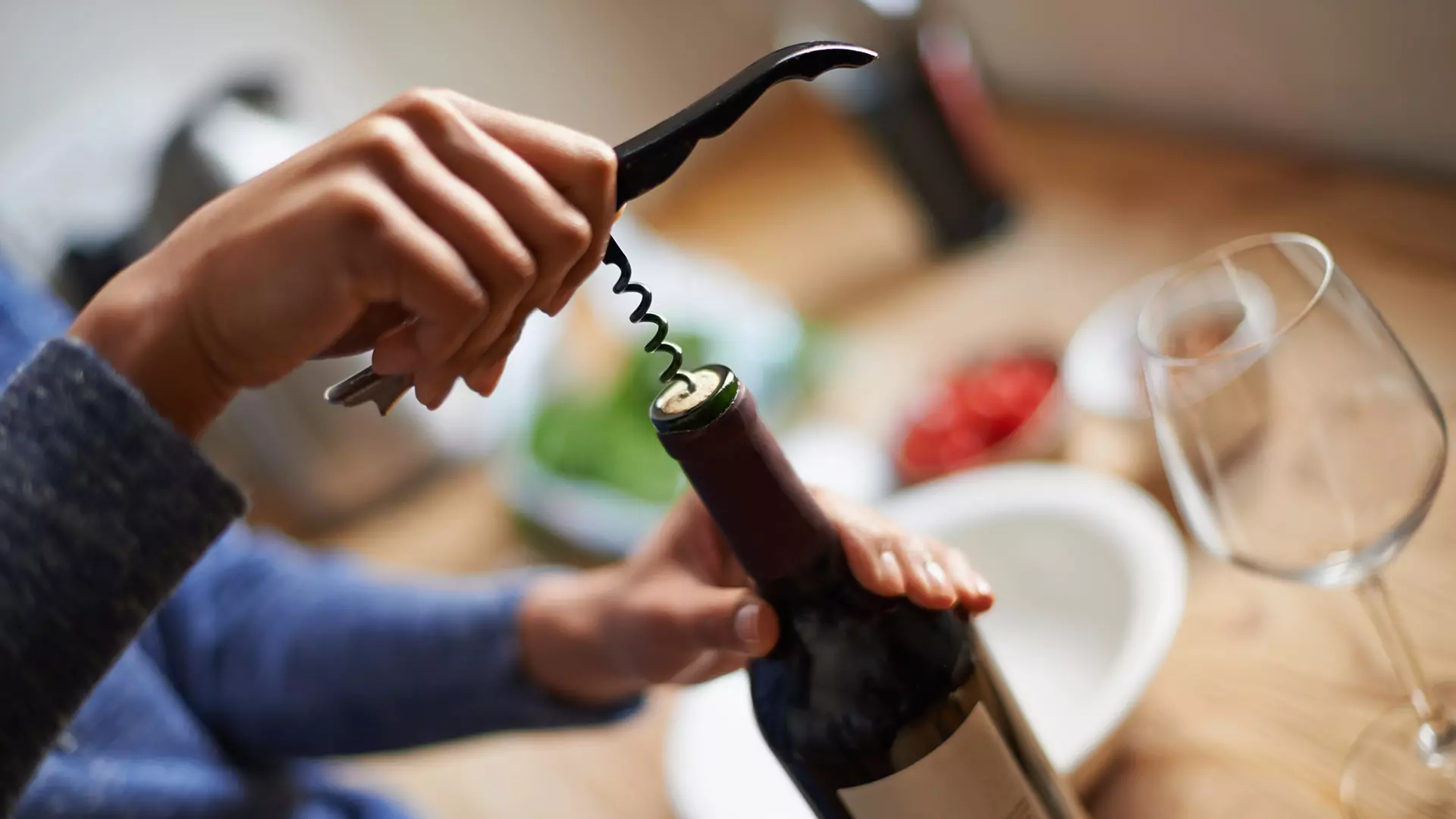

Articles
How To Store Open Wine
Modified: December 7, 2023
Learn the best tips and tricks for storing open wine bottles to keep them fresh and flavorful with our informative articles.
(Many of the links in this article redirect to a specific reviewed product. Your purchase of these products through affiliate links helps to generate commission for Storables.com, at no extra cost. Learn more)
Introduction
Welcome to the world of wine appreciation! Whether you are a connoisseur or a casual wine drinker, one thing is for certain: opening a bottle of wine is always a special occasion. However, what happens when you don’t finish the entire bottle? How do you ensure that the leftover wine stays fresh and enjoyable for future sipping?
Storing open wine can be a bit of a challenge. The exposure to oxygen can lead to the oxidation process, which can alter the taste and quality of the wine. This is why it is crucial to understand the factors that affect open wine storage and how to choose the right storage method to preserve its flavors.
In this article, we will explore the different techniques and tools you can use to store open wine effectively. From refrigeration to vacuum sealers and wine preservers, we will discuss the best practices to ensure that your open wine stays fresh for as long as possible.
So, whether you are planning a romantic dinner for two or simply want to enjoy a glass of wine after work, read on to discover the secrets of storing open wine!
Key Takeaways:
- Preserve the flavor and quality of open wine by minimizing oxygen exposure and choosing the right storage method, such as refrigeration, vacuum sealers, or wine preservers.
- Experiment with different storage techniques to find the best method for your open wine, ensuring that every sip is as delightful as the first. Cheers to enjoying your favorite bottles for longer!
Read more: How To Store Opened Marsala Wine
Understanding the Factors that Affect Open Wine Storage
Before diving into the various storage methods, it’s important to understand the key factors that can impact the freshness and quality of open wine. By familiarizing yourself with these factors, you will be better equipped to make informed decisions about how to store your open bottles.
Oxidation is the primary enemy when it comes to open wine storage. When wine comes into contact with oxygen, it starts to interact with its compounds, causing chemical reactions that lead to oxidation. This process can result in a loss of aroma, flavor, and color, ultimately making the wine less enjoyable to drink.
Temperature also plays a crucial role in wine storage. High temperatures can accelerate the oxidation process, while low temperatures can slow it down. It’s important to find a balance and store your open wine in a cool, stable environment to maintain its quality.
Light exposure is another factor to consider. Ultraviolet (UV) rays can have a detrimental effect on wine, breaking down the organic compounds and causing it to deteriorate more quickly. That’s why it is recommended to keep open wine away from direct sunlight and UV sources.
Last but not least, the type of wine itself can affect its storage requirements. Different wines have varying levels of acidity, tannins, and alcohol content, which can impact their susceptibility to oxidation and spoilage. Red wines, for example, tend to be more resilient and can withstand longer storage than delicate white wines.
By understanding these factors, you can make more informed decisions about the optimal storage method for your open wine. In the next section, we will explore some of the best approaches to ensure that your open bottles stay fresh and enjoyable for an extended period of time.
Choosing the Right Storage Method
When it comes to storing open wine, there are several methods to choose from. Each method has its own advantages and considerations, so it’s important to understand the options available to you.
One of the simplest and most effective ways to store open wine is by using a wine stopper or airtight closure. This method helps to limit the wine’s exposure to oxygen, preventing oxidation and preserving its flavors. There are various types of wine stoppers available, including rubber stoppers, vacuum sealers, and decorative bottle toppers. Choose one that fits snugly into the bottle and creates a tight seal.
Another popular method for storing open wine is through refrigeration. By keeping the bottle in the refrigerator, you can slow down the oxidation process and extend the wine’s shelf life. However, it’s important to note that this method is more suitable for white and rosé wines, as red wines may lose some of their flavors and aromas when chilled. For red wines, it’s best to use the wine stopper method and store them at a moderate temperature.
Vacuum sealers are another great option for prolonging the freshness of open wine. These devices work by removing excess air from the bottle, reducing the oxidation process. Simply insert the stopper into the bottle and use the vacuum sealer to extract the air. This method can significantly extend the shelf life of your open wine, allowing you to savor it over several days or even weeks.
Wine preservers, such as argon or nitrogen gas systems, are also worth considering. These systems work by displacing the oxygen in the bottle, creating a protective barrier and preventing oxidation. They are particularly useful for preserving high-quality wines or for those who frequently open multiple bottles at once. Keep in mind that wine preservers typically require specialized equipment and may be more suitable for serious wine enthusiasts.
Ultimately, the right storage method will depend on your preferences, the type of wine, and the length of time you plan to store it. Experiment with different methods to find what works best for you and your wine collection. Remember, the key is to minimize the wine’s exposure to oxygen and maintain a stable environment.
In the next sections, we will delve deeper into the specifics of refrigerating open wine and using vacuum sealers and wine preservers to store your favorite bottles.
Refrigerating Open Wine
Refrigeration is a popular method for storing open wine, especially for white and rosé wines. By keeping the bottle chilled, you can slow down the oxidation process and preserve the wine’s freshness for a longer period of time.
When refrigerating open wine, there are a few important considerations to keep in mind. First, make sure to reseal the bottle with a wine stopper or airtight closure to limit its exposure to oxygen. This will help maintain the wine’s flavors and prevent any potential leakage in the refrigerator.
It’s also essential to store the open wine in the main compartment of the refrigerator, rather than in the door. The door is subject to temperature fluctuations every time it’s opened, which can impact the wine’s quality. The main compartment provides a more consistent temperature environment, ensuring the wine stays cool and stable.
When it comes to the ideal temperature for refrigerating open wine, aim for around 45-55°F (7-13°C). This range is cool enough to slow down oxidation but not too cold to compromise the flavors and aromas of the wine. Avoid freezing the wine, as it can alter its taste and texture.
It’s important to note that refrigeration is generally more suitable for white and rosé wines, as they can withstand lower temperatures without losing their flavors. Red wines, on the other hand, can be slightly affected by refrigeration and may require some time to warm up before serving. If you choose to refrigerate red wine, take it out of the refrigerator about 15-20 minutes before enjoying it to allow it to reach the proper serving temperature.
Lastly, keep in mind that refrigeration can only preserve the freshness of open wine for a limited time, typically up to a few days. If you plan to store the wine for an extended period, consider using additional preservation methods such as vacuum sealers or wine preservers.
Next, let’s explore how vacuum sealers can help extend the shelf life of your open wine.
Store open wine in the refrigerator to slow down oxidation. Use a vacuum pump to remove air from the bottle before resealing it with a cork or stopper. This will help preserve the wine’s flavor and aroma for a few days.
Using Vacuum Sealers for Open Wine
Vacuum sealers are excellent tools for extending the shelf life of open wine by reducing its exposure to oxygen. These devices work by removing excess air from the bottle, creating a vacuum seal that helps to slow down the oxidation process and preserve the wine’s flavors.
Using a vacuum sealer is relatively simple and straightforward. First, insert the stopper into the bottle, ensuring a tight fit. Then, place the vacuum sealer over the stopper, creating a seal. Activate the vacuum function on the device to remove the air from the bottle. Once the air is extracted, the vacuum sealer will indicate that the process is complete, and you can safely store the sealed bottle.
One of the significant advantages of using a vacuum sealer is that it can significantly extend the shelf life of your open wine. With the majority of the air removed, oxidation is slowed down, allowing you to enjoy the wine over the course of several days or even weeks. This is particularly beneficial if you don’t consume a full bottle of wine in one sitting.
It’s important to note that while vacuum sealers can help preserve the quality of the wine, they are not foolproof. Over time, some oxidation can still occur, especially if the wine is stored for an extended period. However, using a vacuum sealer can certainly help maintain the wine’s flavors and aromas for a longer time compared to simply resealing the bottle with a regular stopper.
When using a vacuum sealer, it is essential to follow the manufacturer’s instructions and ensure that the device is properly cleaned and maintained. This will help maintain its effectiveness and prevent any potential contamination of the wine.
While vacuum sealers are most commonly used for preserving opened bottles of wine, they can also be utilized for storing other beverages like champagne or even olive oil. This versatility makes them a valuable tool to have in your kitchen for various preservation needs.
Now that we’ve explored the benefits of vacuum sealers, let’s take a look at another method for storing open wine – wine preservers.
Read more: How To Store Opened Port Wine
The Role of Wine Preservers
When it comes to preserving the quality and freshness of open wine for an extended period, wine preservers play a crucial role. These specialized systems work by displacing the oxygen inside the bottle, creating a protective atmosphere that helps prevent oxidation and maintain the wine’s flavors and aromas.
There are different types of wine preservers available, with argon and nitrogen gas systems being the most common. These inert gases are tasteless and odorless, making them ideal for preserving the integrity of the wine without altering its characteristics.
Wine preservers typically consist of a canister or cartridge filled with the inert gas. To use a wine preserver, simply insert the nozzle or needle into the bottle of open wine and release a sufficient amount of gas to create a protective barrier. The gas will displace the oxygen, forming a layer on top of the wine, thus minimizing the oxidation process. The preserver should be used immediately after opening the bottle to ensure maximum effectiveness.
The advantage of wine preservers is their ability to preserve the wine for a more extended period compared to other storage methods. By reducing the wine’s contact with oxygen, the flavors, aromas, and color of the wine can be maintained over several weeks, allowing you to enjoy it at your own pace.
It’s important to note that wine preservers may require some investment in terms of initial purchase and ongoing gas refills. However, if you are an avid wine enthusiast or frequently open multiple bottles at once, the benefits of wine preservers can outweigh the cost.
When using a wine preserver, it’s essential to remember that it does not replace proper storage techniques. The wine should still be kept in a cool, stable environment away from direct sunlight and extreme temperatures. Additionally, wine preservers may not be as effective for preserving sparkling wines due to their carbonation. It’s best to consume sparkling wines within a day or two of opening.
By utilizing wine preservers, you can enjoy your favorite bottles of wine over an extended period, savoring their flavors and aromas without worrying about them going to waste. This makes wine preservers a valuable tool for those who appreciate the art of wine tasting and want to make the most out of their collections.
Now that we’ve explored the role of wine preservers, let’s recap the best practices for storing open wine effectively.
Recap of Best Practices for Storing Open Wine
Storing open wine properly is essential to preserve its flavors and ensure an enjoyable drinking experience. To recap, here are the best practices to follow when storing open wine:
- Choose the right storage method: Consider options such as wine stoppers, refrigeration, vacuum sealers, and wine preservers based on your preferences and the type of wine.
- Minimize exposure to oxygen: Use airtight closures, such as wine stoppers or vacuum sealers, to limit the wine’s contact with oxygen and slow down the oxidation process.
- Refrigerate open wine: For white and rosé wines, refrigeration can help maintain freshness by slowing down oxidation. Store in the main compartment of the refrigerator at a temperature range of 45-55°F (7-13°C).
- Utilize vacuum sealers: Vacuum sealers can remove excess air from the bottle, significantly extending the shelf life of open wine. Follow the manufacturer’s instructions for proper use and maintenance.
- Consider wine preservers: Wine preservers, such as argon or nitrogen gas systems, create a protective barrier against oxidation, allowing you to enjoy open wine over an extended period. They are particularly useful for serious wine enthusiasts and frequent wine drinkers.
- Store in a cool, stable environment: Regardless of the storage method you choose, ensure that the open wine is kept away from direct sunlight and extreme temperatures. This will help maintain its quality and flavors.
Remember, the storage method you choose should align with your preferences and the length of time you plan to store the wine. Experiment with different techniques to find the one that works best for you.
To truly appreciate the nuances of wine, it’s important to savor it at its best. By following these best practices for storing open wine, you can enjoy the flavors, aromas, and textures of your favorite bottles for longer periods, making every sip a delightful experience.
With these tips in mind, cheers to preserving and enjoying your open wine collection!
Are you ready to learn more about SEO optimization and how to create engaging content? Let’s continue exploring the world of SEO and content creation together.
Conclusion
Cheers to successfully preserving and enjoying your open wine! Now that you have a deeper understanding of the factors that affect open wine storage and the various methods to choose from, you can confidently store your favorite bottles without worrying about them losing their flavors and aromas.
Remember, the key to storing open wine lies in minimizing its exposure to oxygen and storing it in a cool, stable environment. Whether you opt for a wine stopper, refrigeration, vacuum sealers, or wine preservers, each method has its own benefits and considerations.
Refrigeration is ideal for white and rosé wines, as it slows down oxidation and helps maintain freshness. Vacuum sealers are excellent for extending the shelf life of open wine by removing excess air, while wine preservers create a protective barrier using inert gases to prevent oxidation over longer periods.
By following best practices and considering the type of wine, you can ensure that your open bottles of wine remain delicious and enjoyable for as long as possible.
So, whether you’re a wine enthusiast looking to preserve your prized collection or someone who appreciates the occasional glass of wine, these storage methods will help you make the most out of your open wine bottles.
Now, armed with your newfound knowledge, you can confidently store your open wine, knowing that your next sip will be just as delightful as the first. Cheers to many more enjoyable wine moments!
If you’re interested in learning more about SEO optimization and creating engaging content, we’re here to help you on your journey. Happy writing!
Frequently Asked Questions about How To Store Open Wine
Was this page helpful?
At Storables.com, we guarantee accurate and reliable information. Our content, validated by Expert Board Contributors, is crafted following stringent Editorial Policies. We're committed to providing you with well-researched, expert-backed insights for all your informational needs.
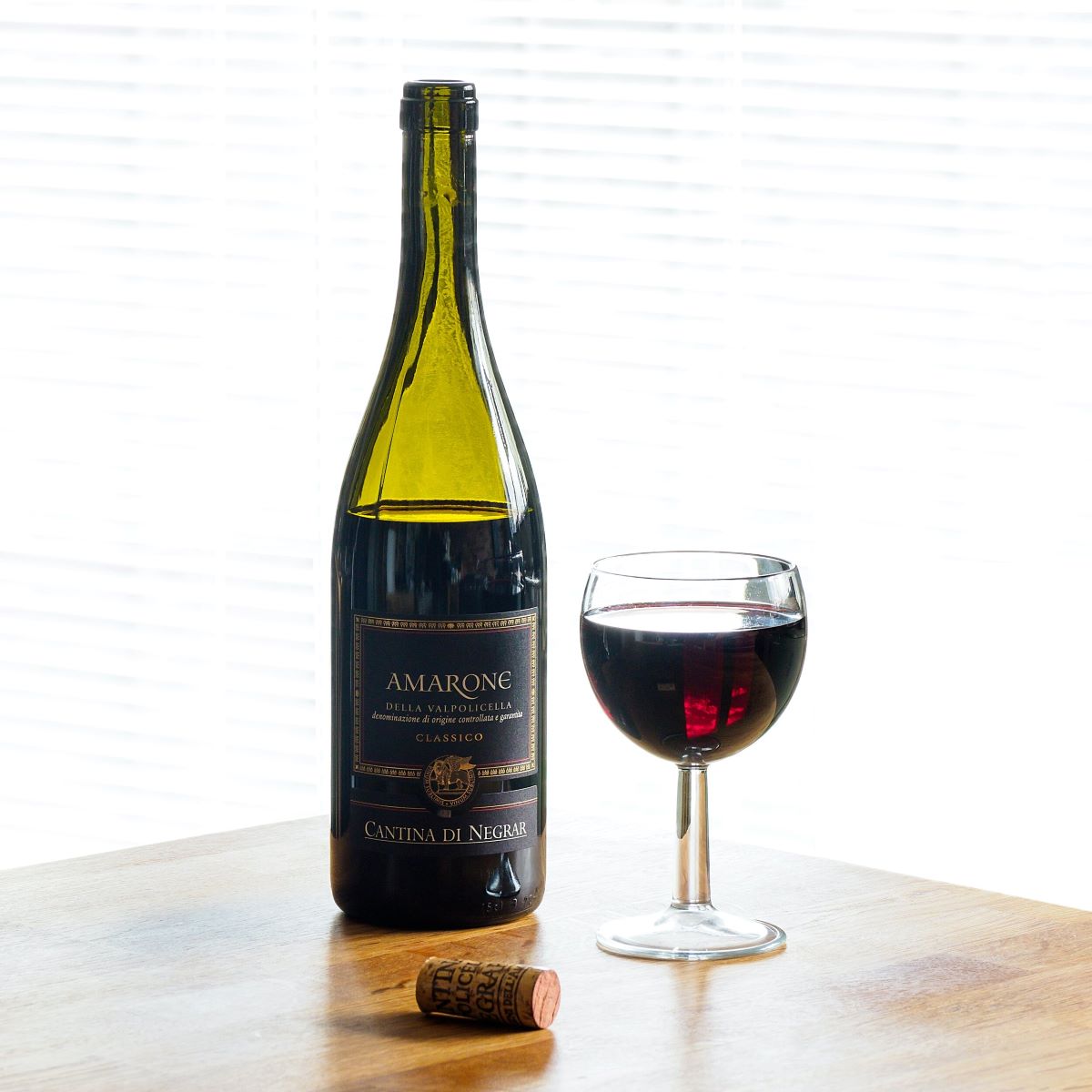
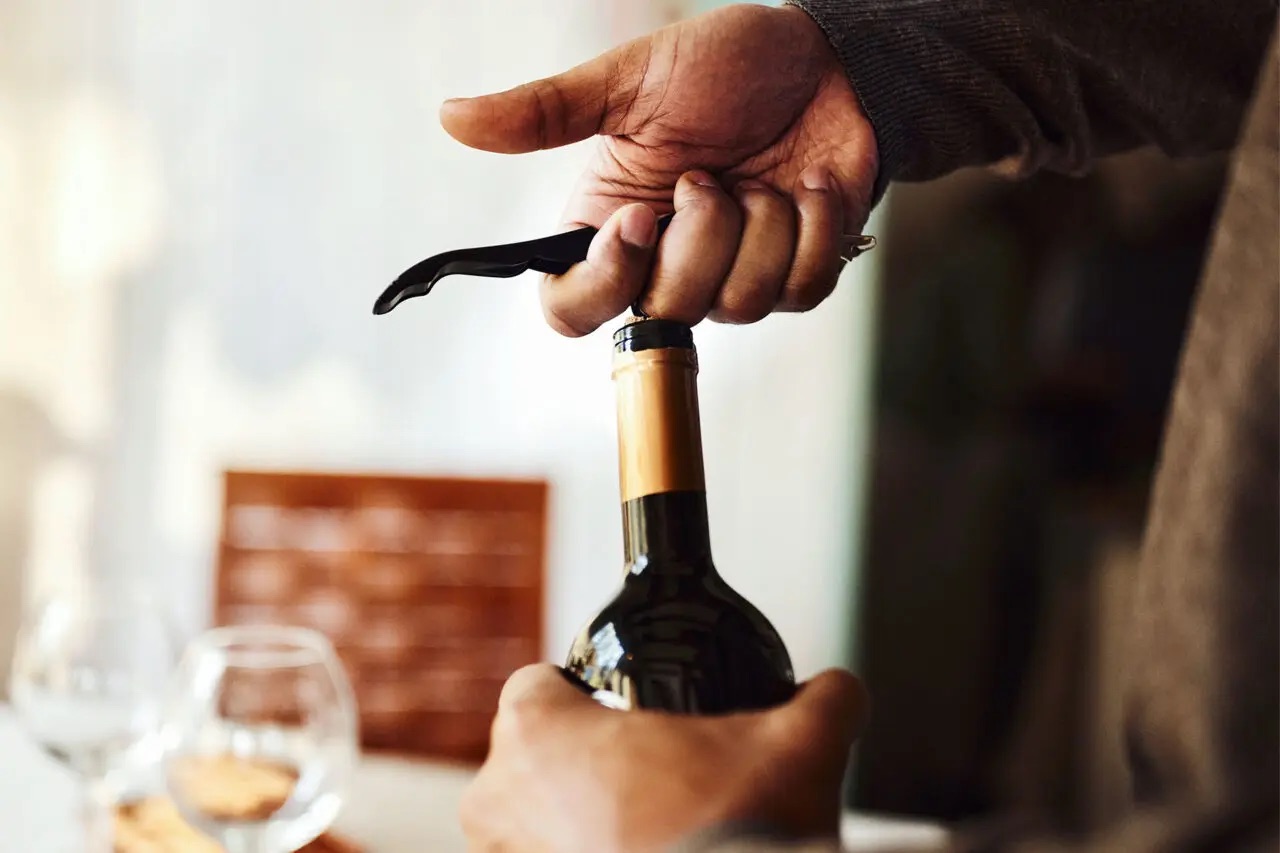
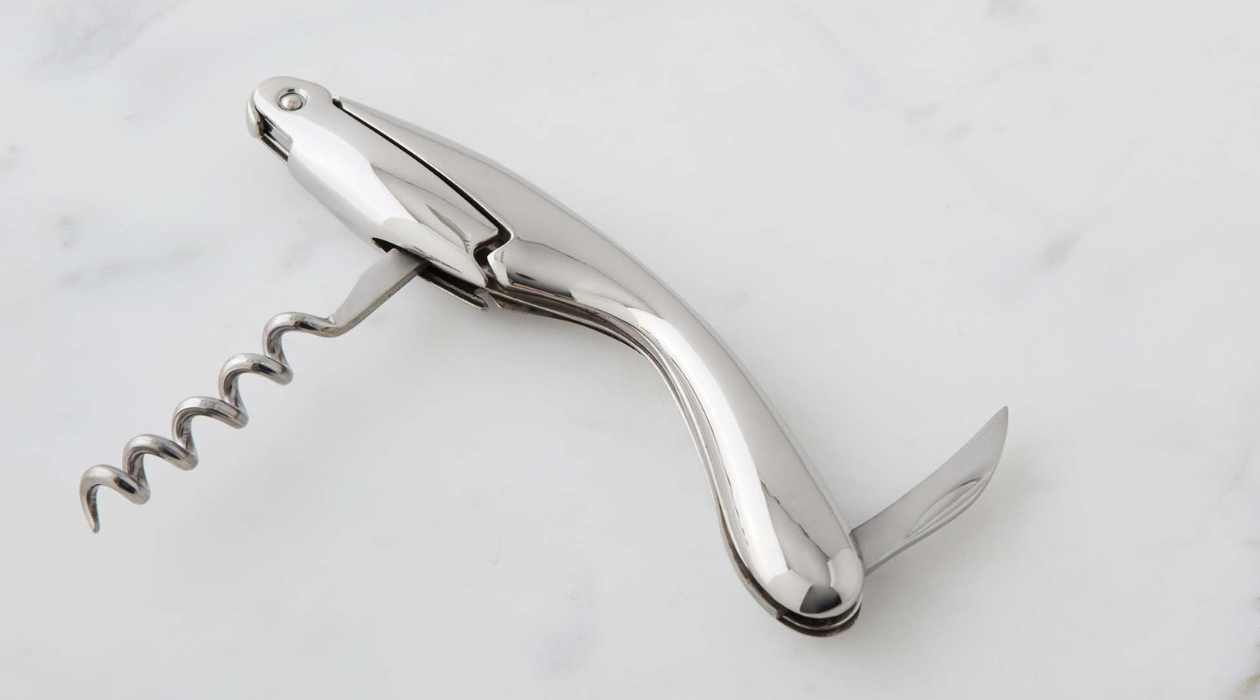
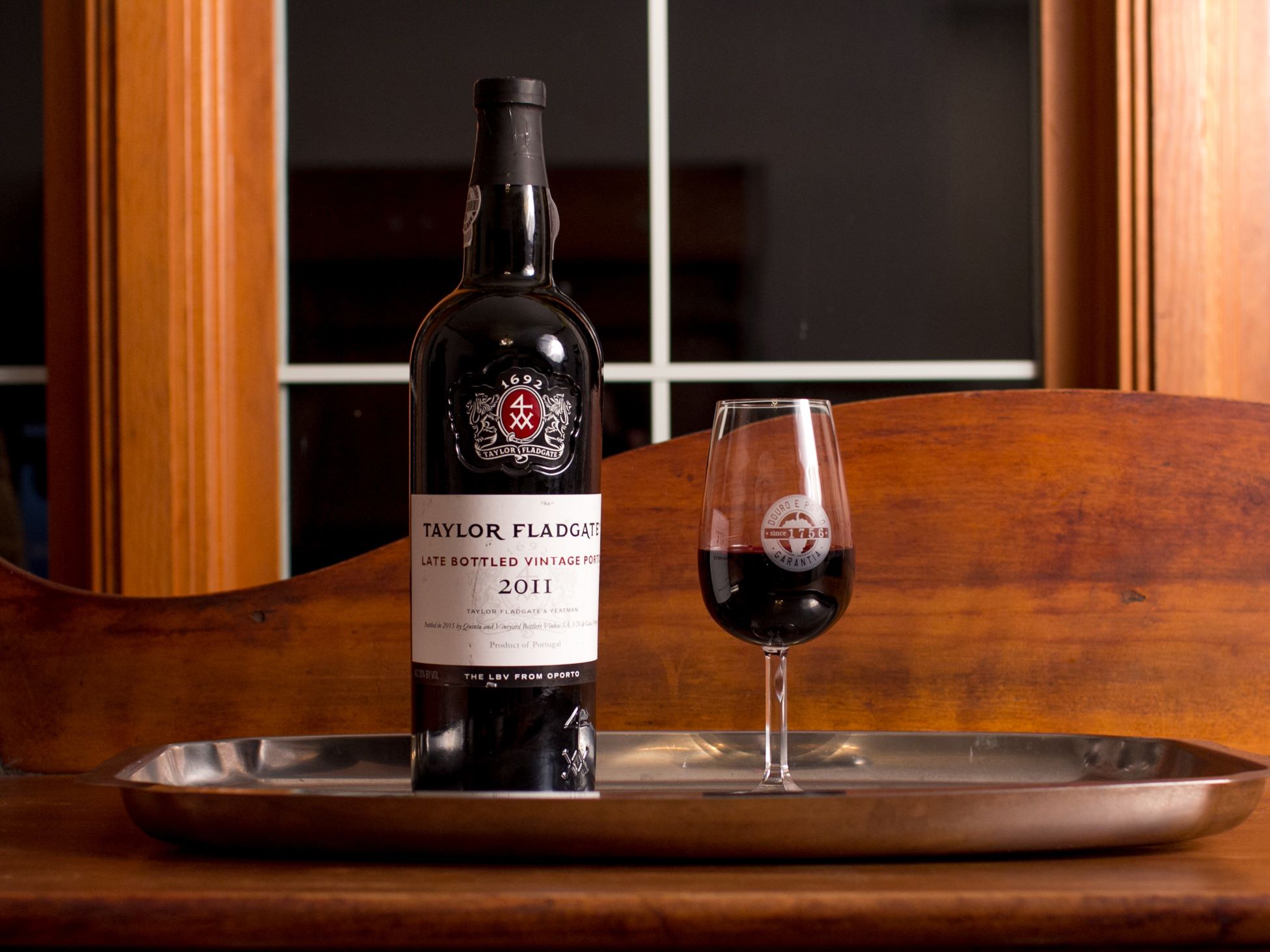
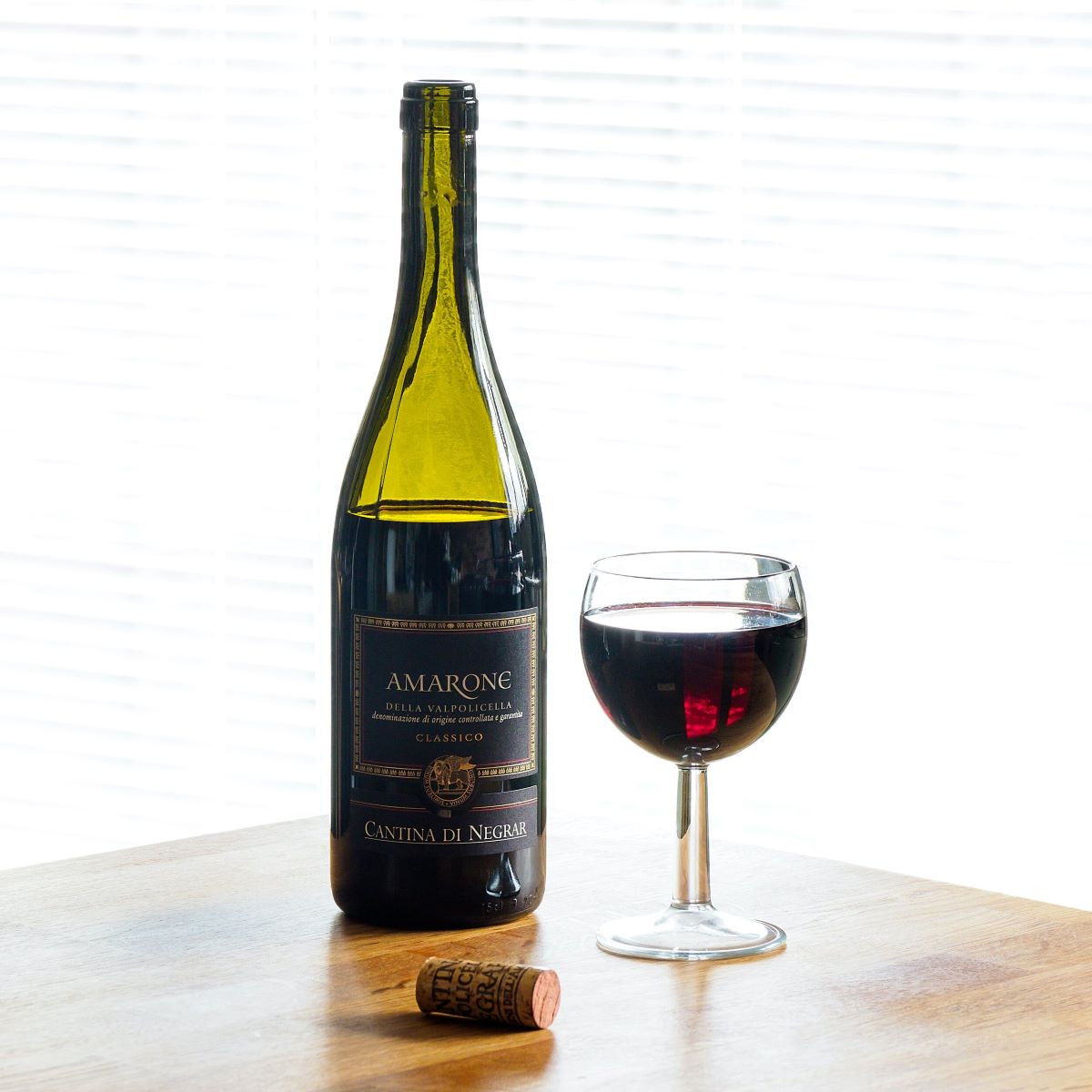
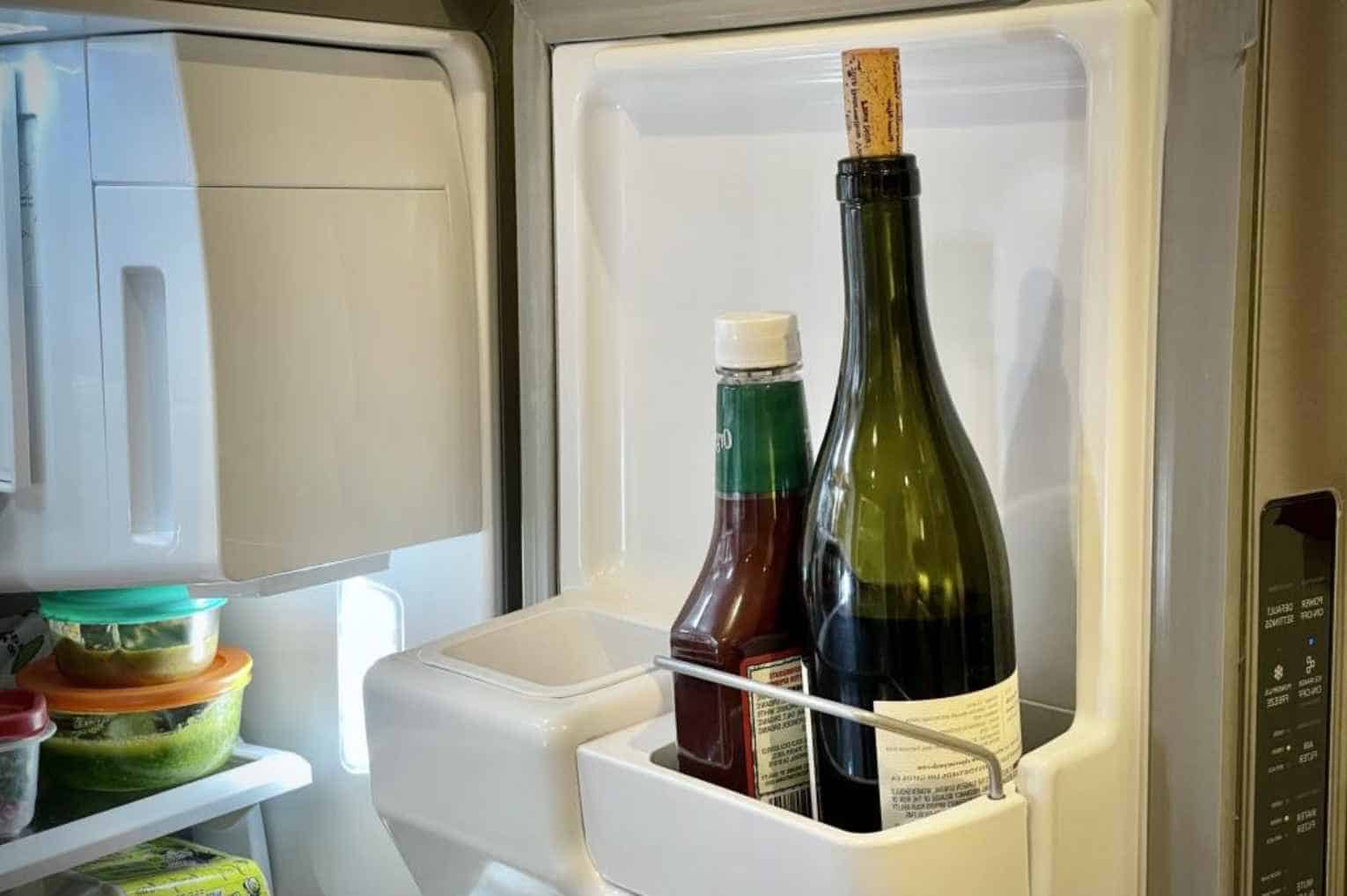

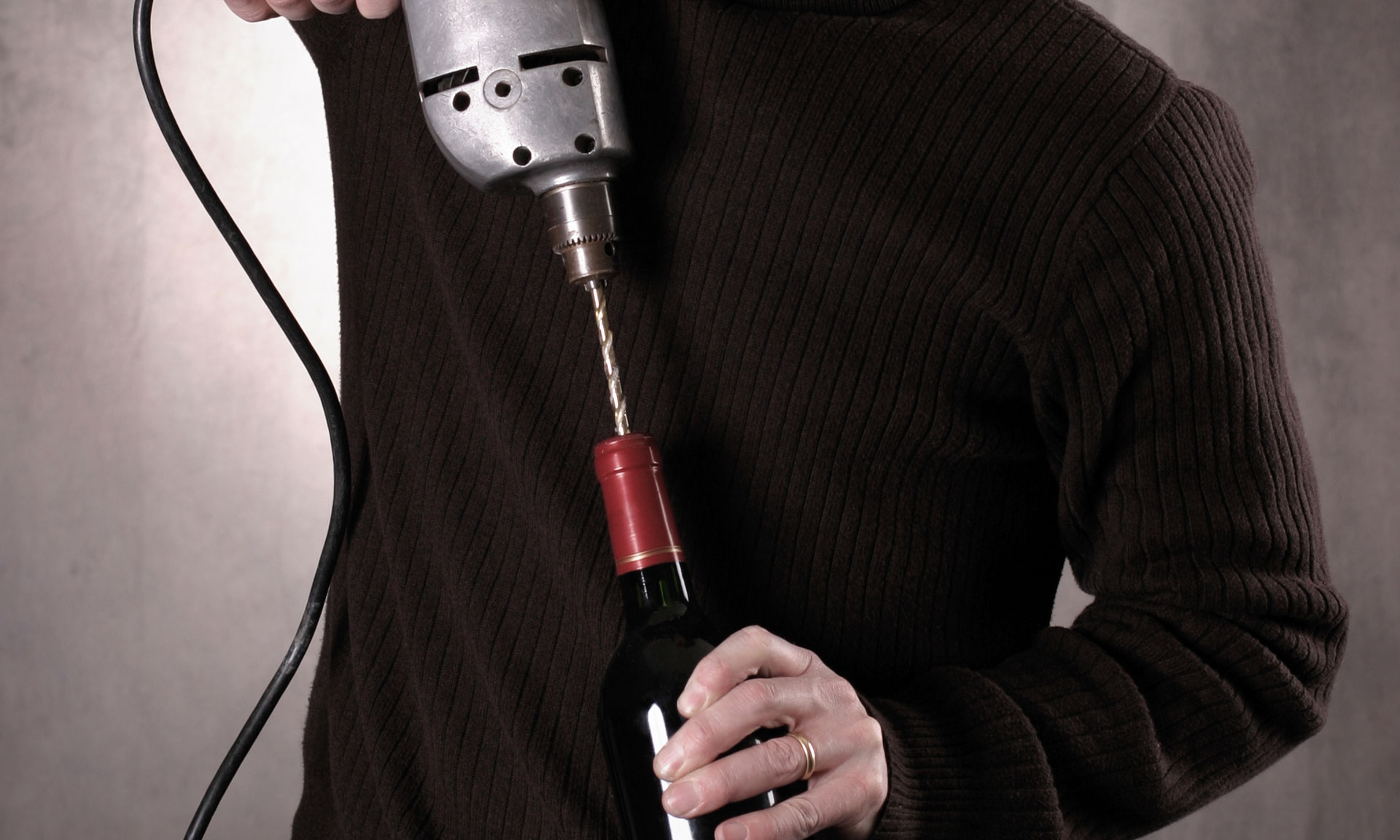
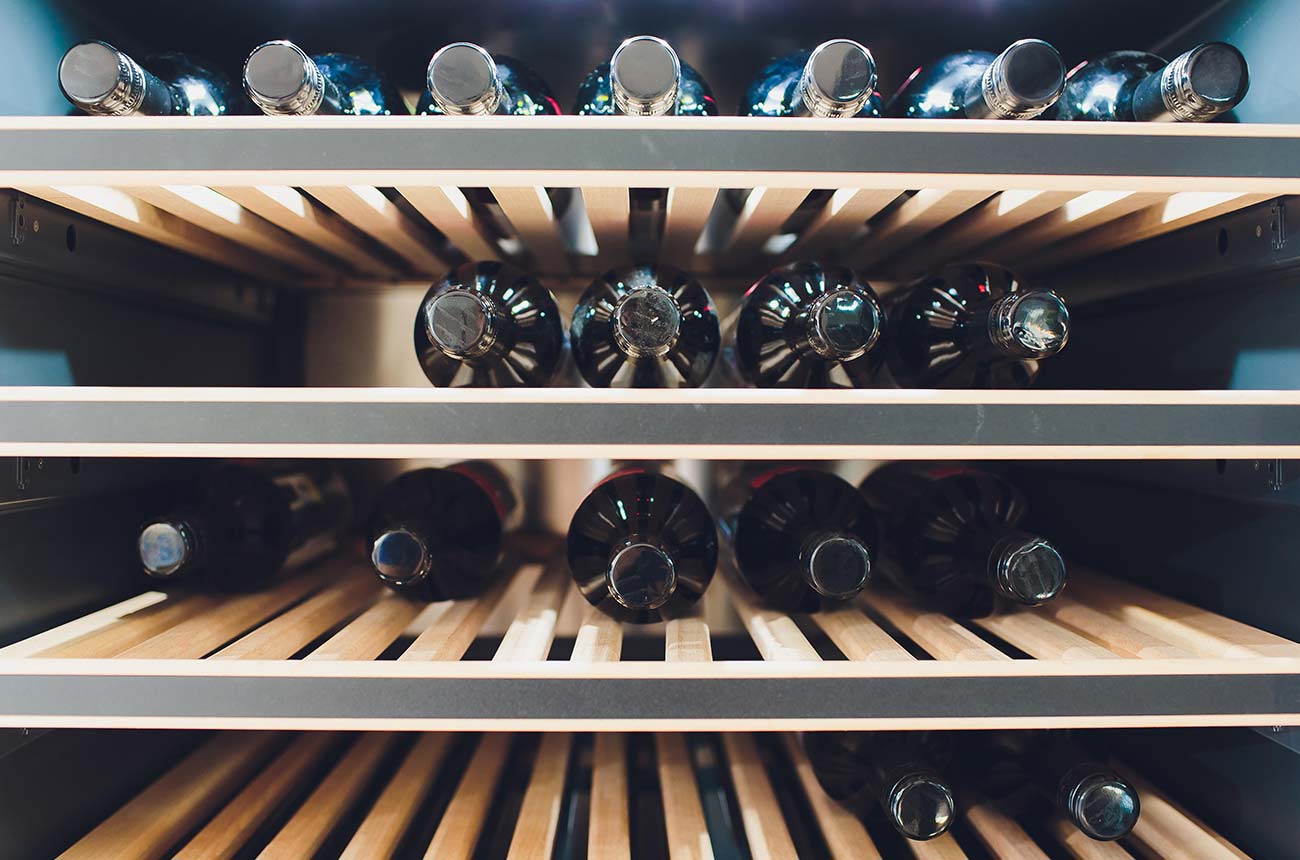
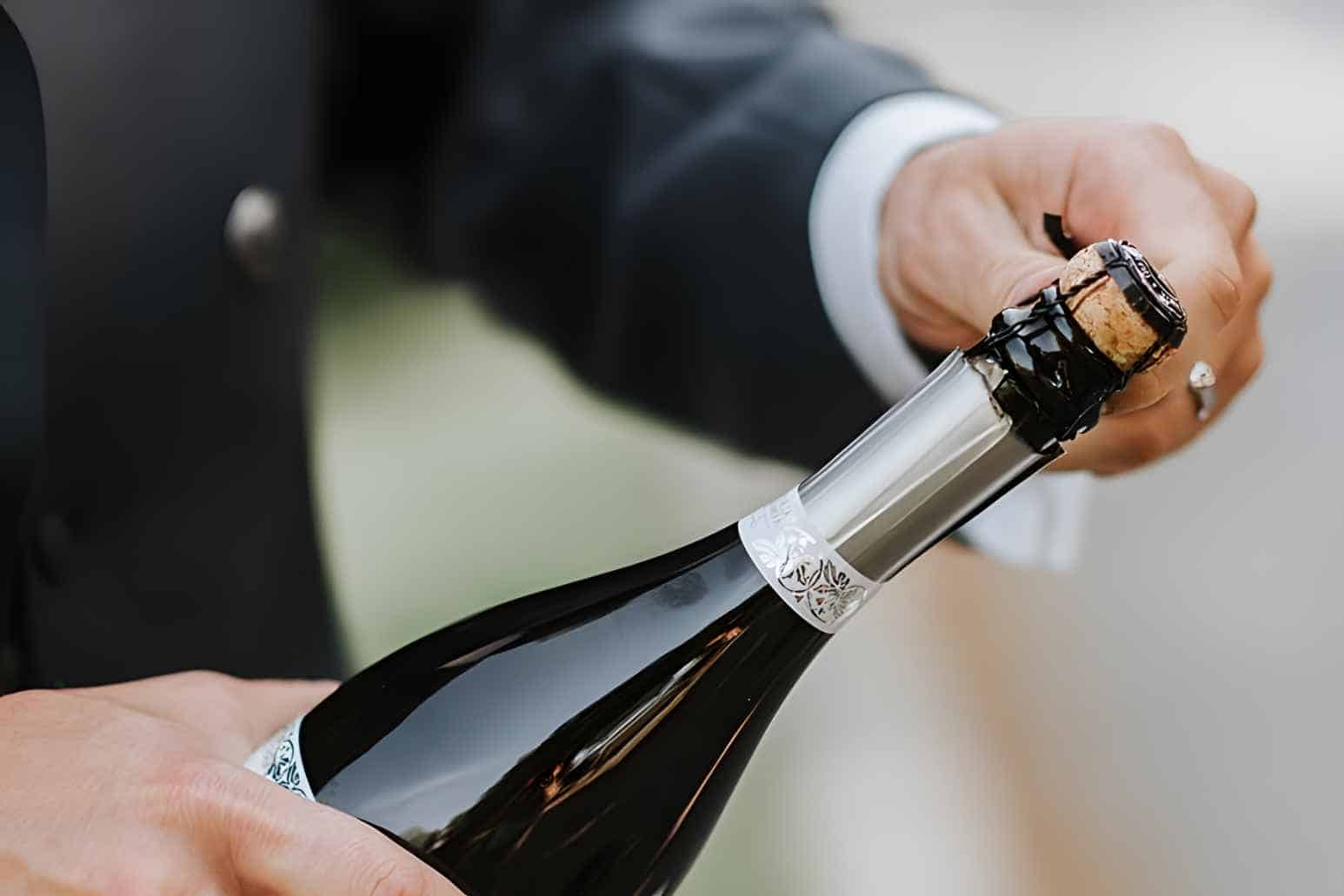
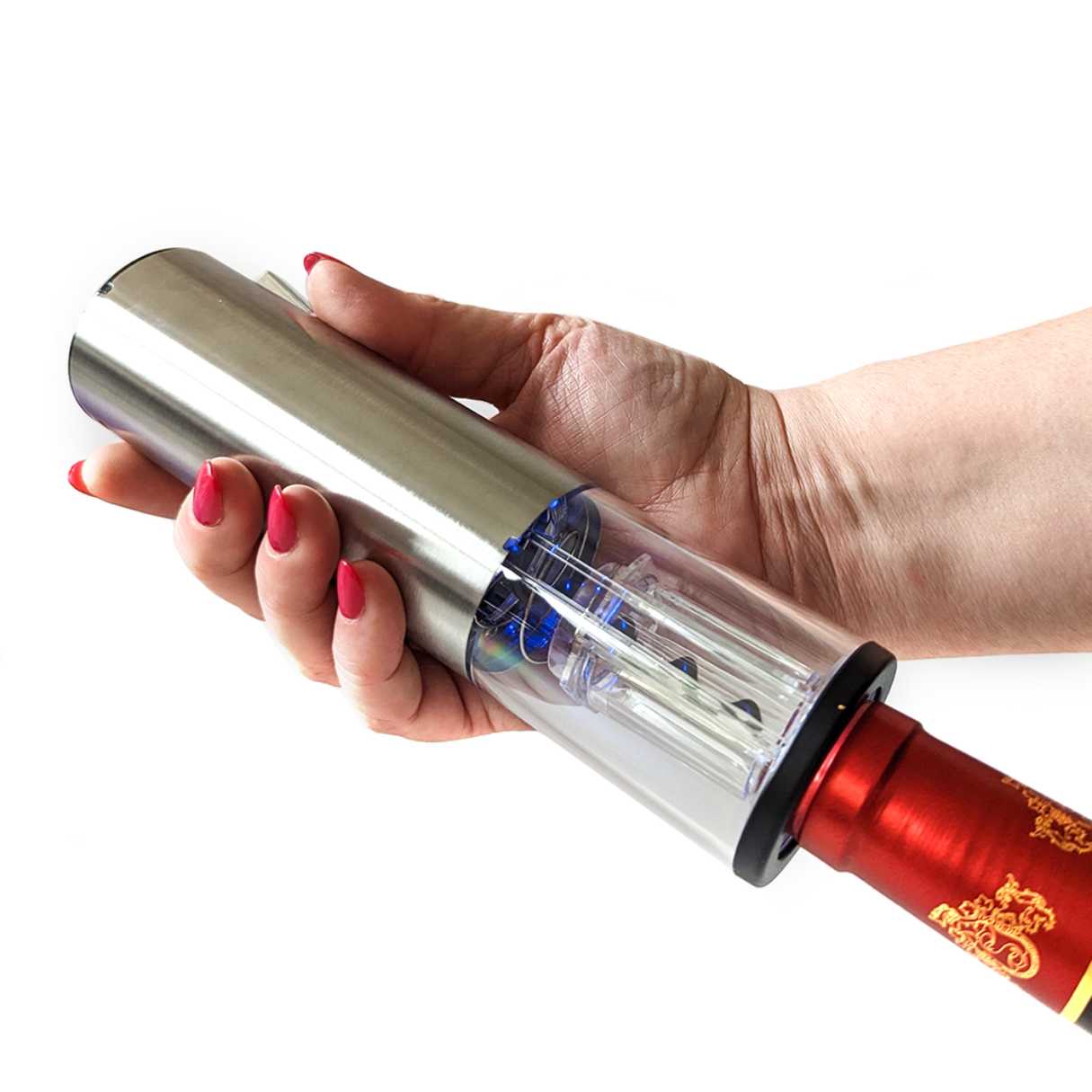

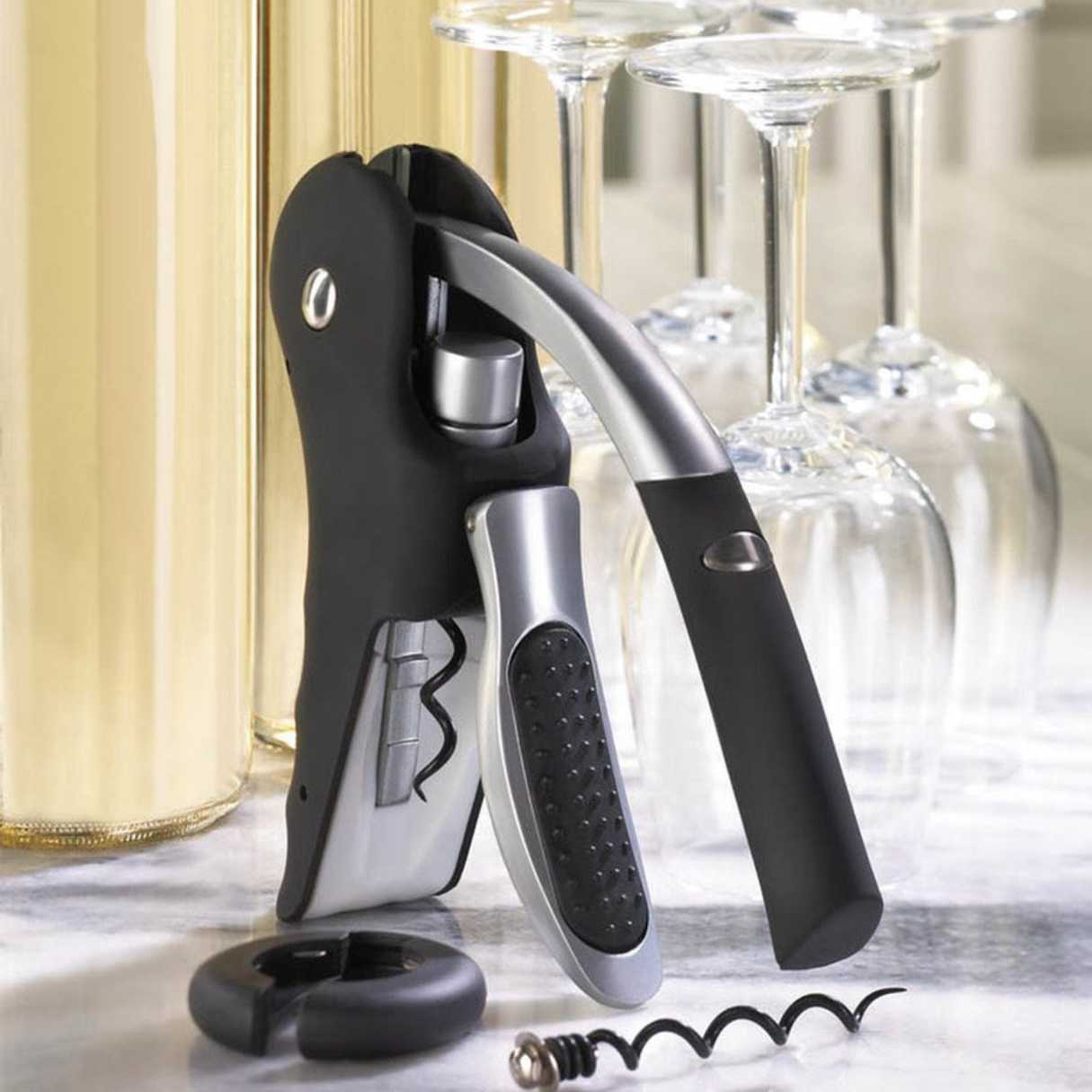
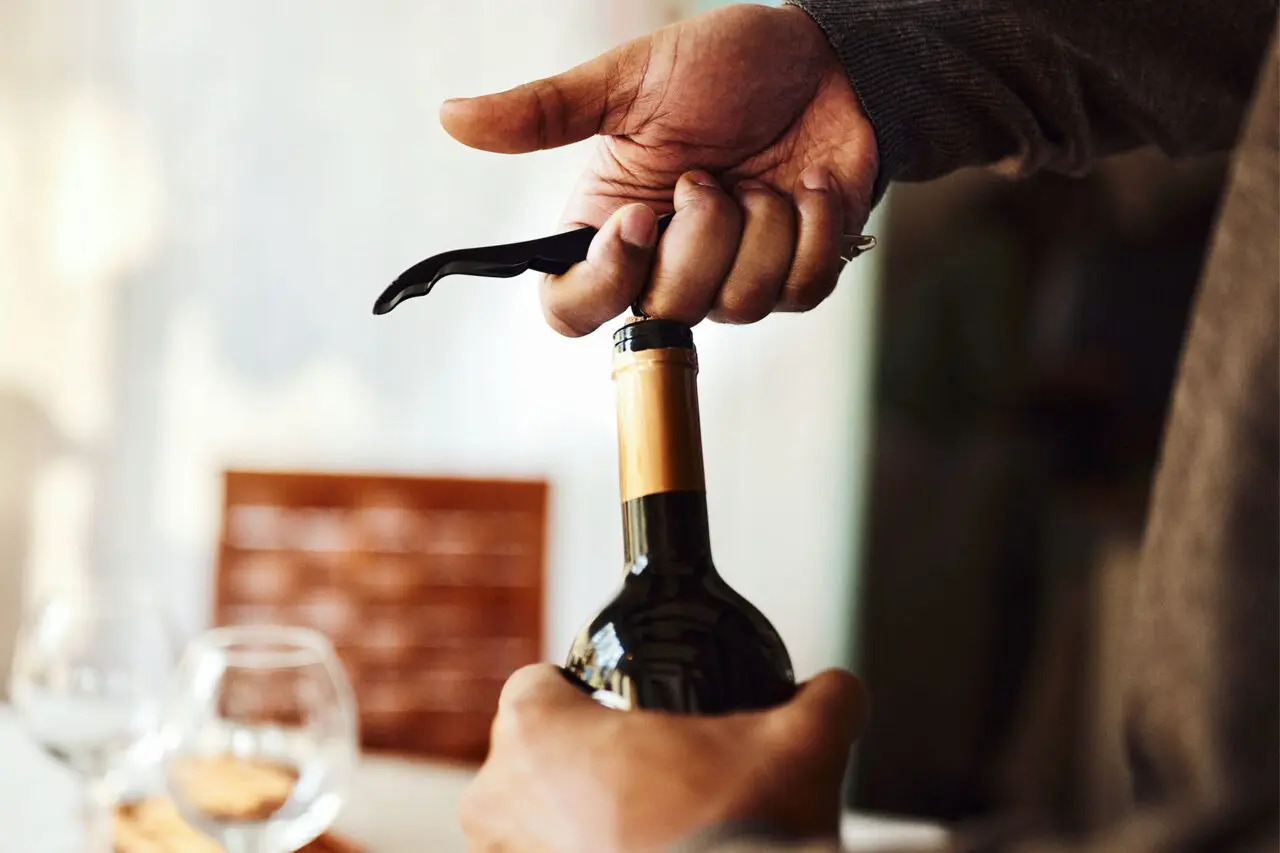

0 thoughts on “How To Store Open Wine”